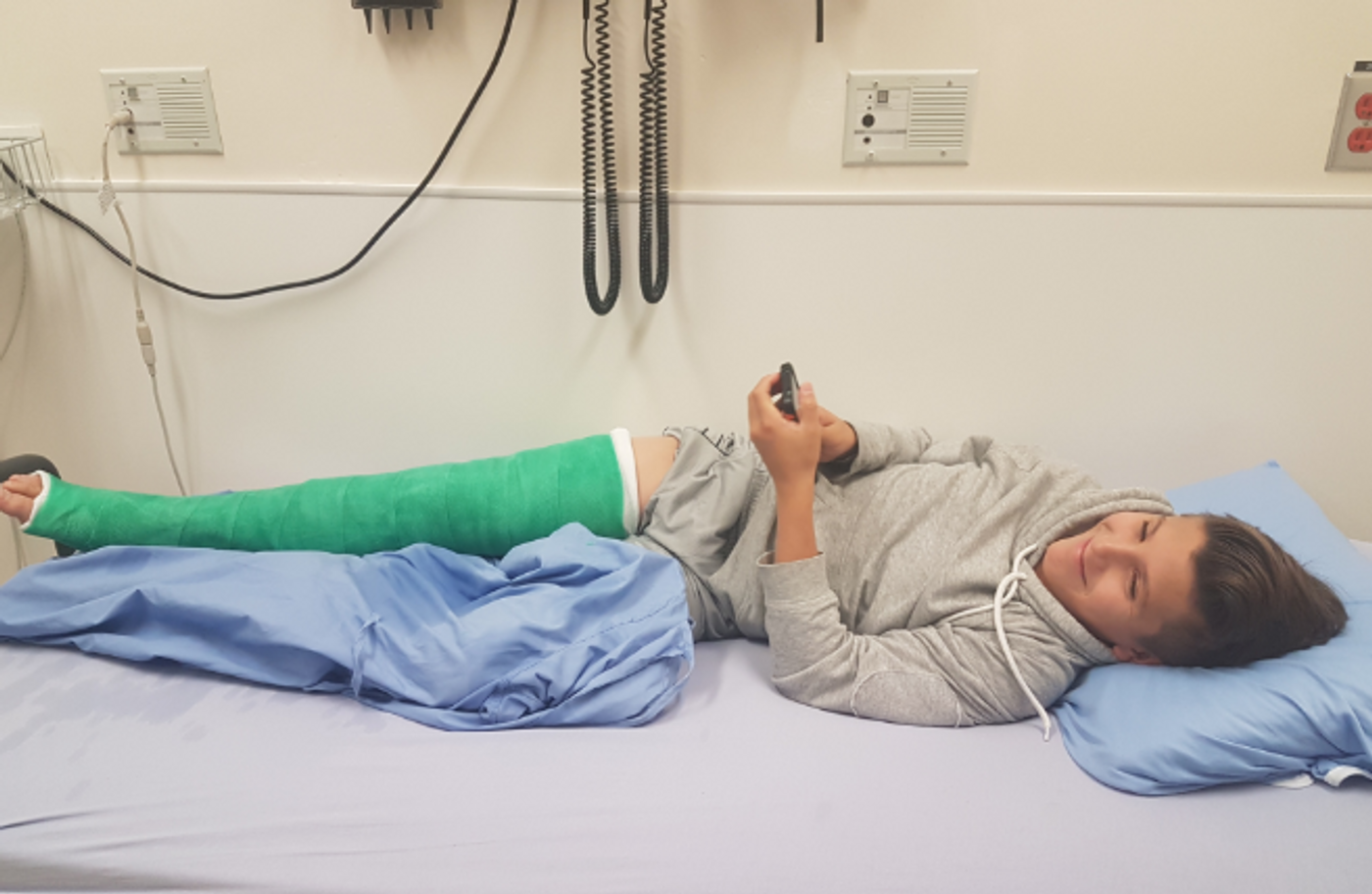Any Fracture can Lead to Bone Density Losses Everywhere
Broken bones cause a loss in bone density, called osteopenia, at the break. But new research has shown that it’s not only the broken bone that loses integrity. When a bone is fractured, bone density is lost there, as well as throughout the entire body, around the time of the fracture. This research, by scientists at UC Davis Health, has been reported in two studies; one in Osteoporosis International, the other in the Journal of Bone and Mineral Research.
"We know one fracture seems to lead to others, but we haven't known why," said Blaine Christiansen, an associate professor of orthopedic surgery at UC Davis. "Our work is the first step on the path to identifying the cellular mechanisms of systemic bone loss."
This study is among the first to connect single fractures with system-wide bone loss. It may open up ways for researchers to reduce that loss, which would help preserve the health of bones over the long term, and potentially reduce the risk of osteoporosis.
There were about 4,000 participants in one investigation, the Study of Osteoporotic Fractures. It followed older women over twenty years and assessed fracture history and bone mineral density (BMD) at regular intervals over that time. The researchers found that while BMD in the hip went down as time went on for every participant, the loss was greatest in women who experienced a bone fracture - even when the break was not in or near the hip. For the group with fractures, BMD losses averaged from 0.89 and 0.77 percent every year; in the group with no fractures, the average was 0.66 percent lost per year. The most significant BMD losses were in the two years after the fracture.
Learn more about bone density from the video above, by Mayo Clinic.
The second study used a mouse model, in which one group experience femur fractures. After BMD testing in various bones, the scientists found that bone loss happened everywhere but was most pronounced in this case in the spine. It was also greatest within a couple of weeks of the fracture and came with higher levels of inflammation.
The study also showed that younger mice recovered from their fractures; their BMD levels were restored to pre-fracture levels. Older mice, however, did not get back to their original mineral density.
Next, the team wants to learn more about the role that inflammation may play in the loss of bone density.
"It's possible that these factors are key to initiating BMD loss once a bone is broken," Christiansen said. "Ultimately, we hope to develop therapeutic strategies that interrupt those processes and prevent bone loss."
From Mayo Clinic, this short video shows how exercise can reduce the risk of fractures.
Sources: AAAS/Eurekalert! via UC Davis Health System, Osteoporosis International, Journal of Bone and Mineral Research









